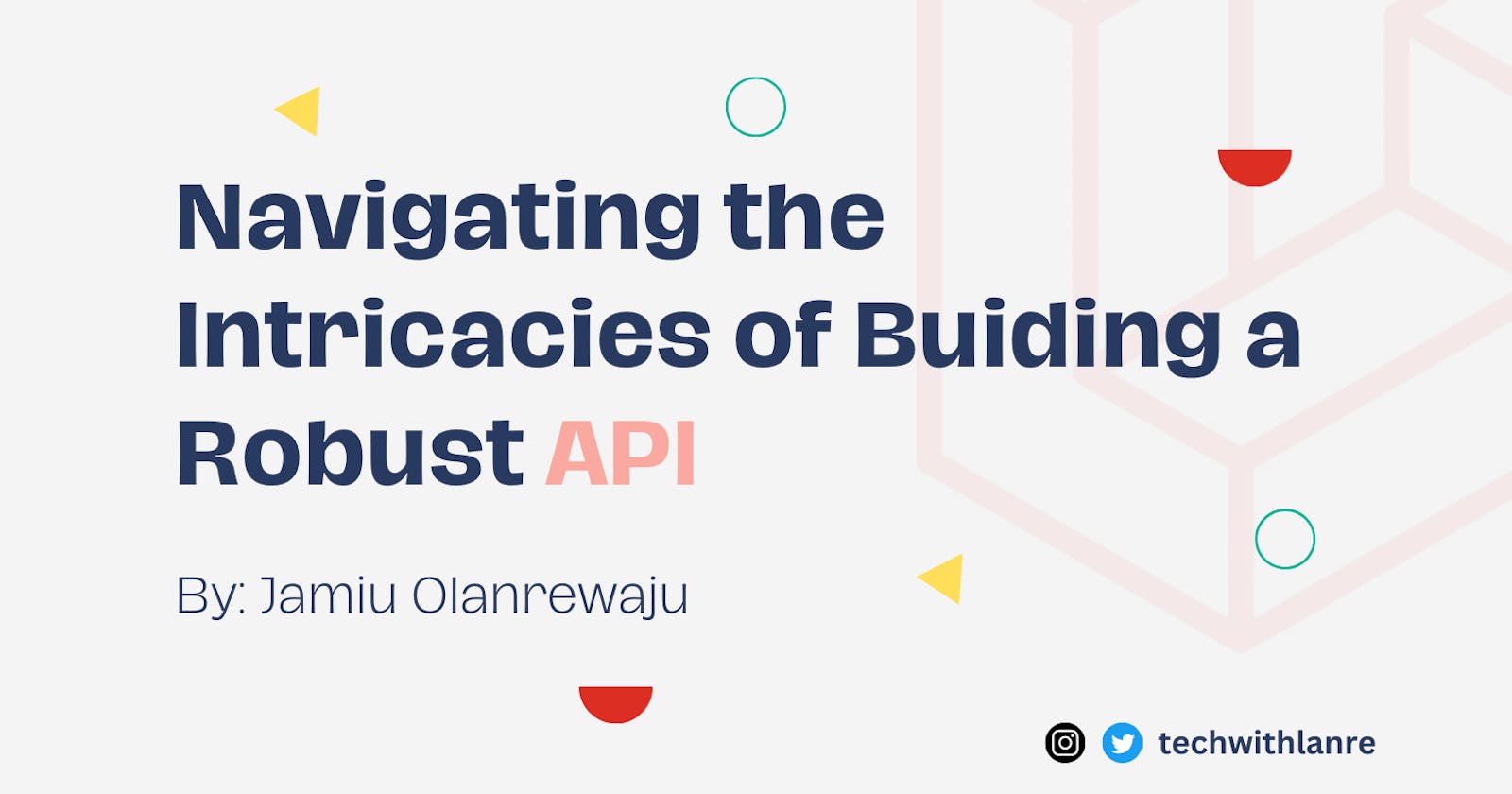In the ever-evolving landscape of web development, creating a robust Application Programming Interface (API) is a crucial aspect of building scalable and interconnected applications. APIs serve as the bridge between different software systems, enabling seamless communication and data exchange. As developers embark on the journey of crafting a powerful API, they encounter a myriad of intricacies that demand careful consideration.
Understanding the Purpose:
Before diving into the technical details, it's essential to clearly define the purpose of your API. Are you building it to facilitate data exchange between a mobile app and a server, or is it meant for third-party integrations? Understanding the primary use case will guide your design decisions and help you create an API that aligns with the goals of your project.
RESTful or GraphQL?
The choice between Representational State Transfer (REST) and GraphQL is a pivotal decision in API development. REST, with its stateless architecture and predefined endpoints, is widely adopted for its simplicity. On the other hand, GraphQL provides a flexible query language, allowing clients to request only the data they need. Each approach has its merits, and the decision should be based on the specific requirements of your project.
Endpoint Design and Versioning:
Careful planning of API endpoints is crucial for a logical and user-friendly interface. Consistent and intuitive endpoint naming conventions make it easier for developers to understand and interact with your API. Additionally, incorporating versioning from the outset ensures that future updates won't disrupt existing integrations, providing a smooth upgrade path for users.
Authentication and Security:
Securing your API is non-negotiable. Implementing robust authentication mechanisms, such as OAuth 2.0 or API keys, ensures that only authorized users can access your resources. Encryption through HTTPS further enhances security by protecting data in transit. Regularly audit and update security measures to stay ahead of potential vulnerabilities and evolving threats.
Data Validation and Error Handling:
Reliable APIs validate incoming data to prevent malformed requests and ensure consistency. Implementing thorough data validation mechanisms guards against security risks and maintains the integrity of your system. Equally important is the implementation of clear and informative error messages. Well-crafted error responses assist developers in troubleshooting and debugging, reducing frustration and enhancing the overall developer experience.
Rate Limiting and Throttling:
To prevent abuse or unintentional overuse of your API, consider implementing rate limiting and throttling mechanisms. Rate limiting sets a cap on the number of requests a user or IP address can make within a specified time frame, while throttling slows down request processing once a certain limit is reached. Striking the right balance ensures fair usage while preventing misuse.
Documentation Is Key:
Comprehensive documentation is the cornerstone of a successful API. Clearly articulate how developers can authenticate, structure requests, and handle responses. Include code examples and interactive tools whenever possible. Documentation not only accelerates the onboarding process for new users but also serves as a reference guide for ongoing development.
Testing and Monitoring:
Thorough testing is imperative to identify and rectify potential issues before your API goes live. Implement unit tests, integration tests, and stress tests to evaluate performance under various conditions. Once deployed, continuous monitoring provides insights into API usage, performance metrics, and potential bottlenecks. Monitoring tools empower you to proactively address issues and optimize the user experience.
In conclusion, building a robust API requires a strategic approach that encompasses careful planning, thoughtful design, and ongoing maintenance. By navigating the intricacies of endpoint design, authentication, security, and documentation, developers can create APIs that not only meet current needs but also adapt to the dynamic landscape of software development. Embracing best practices and staying attuned to industry trends will undoubtedly contribute to the success of your API endeavours.
